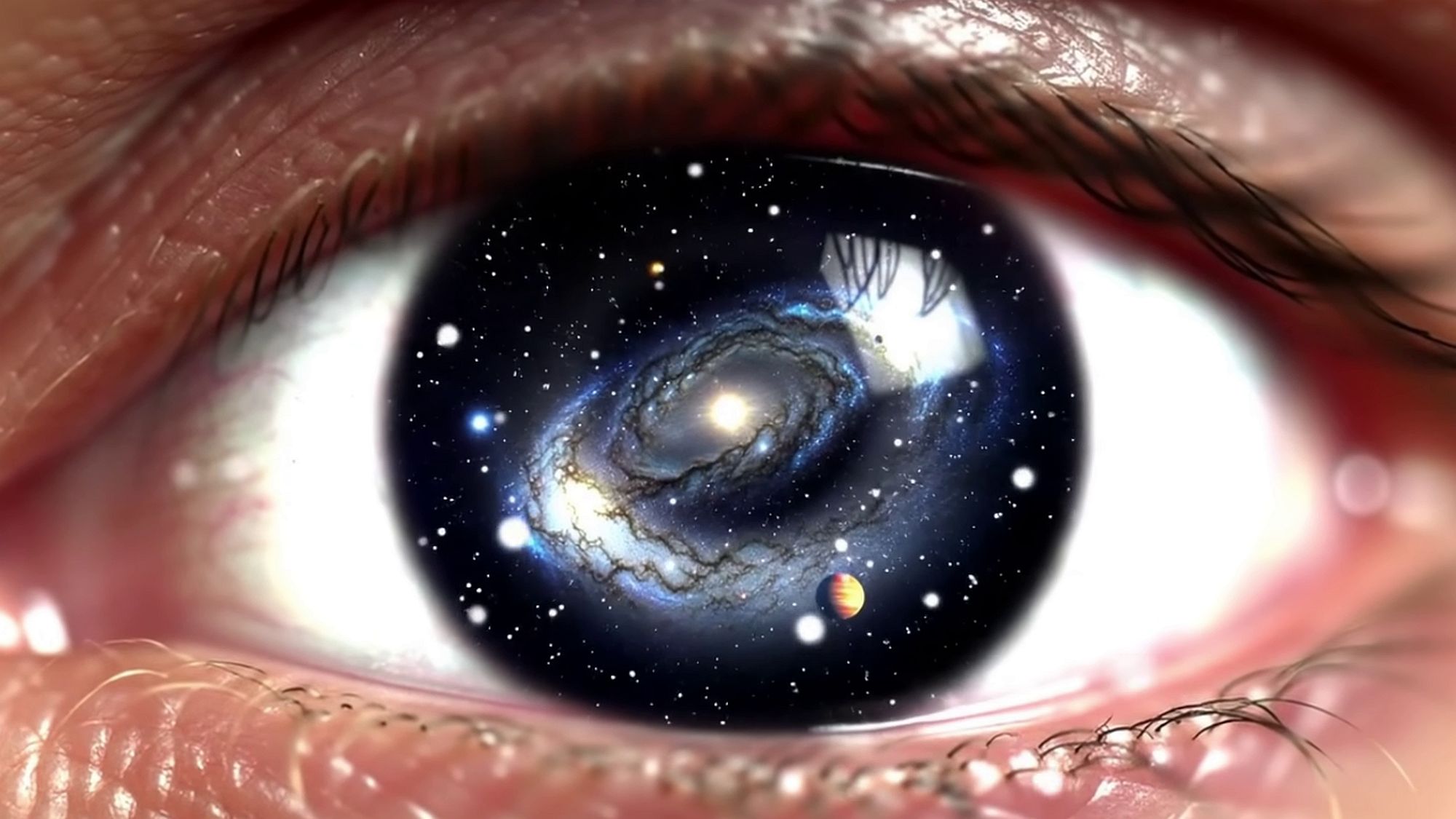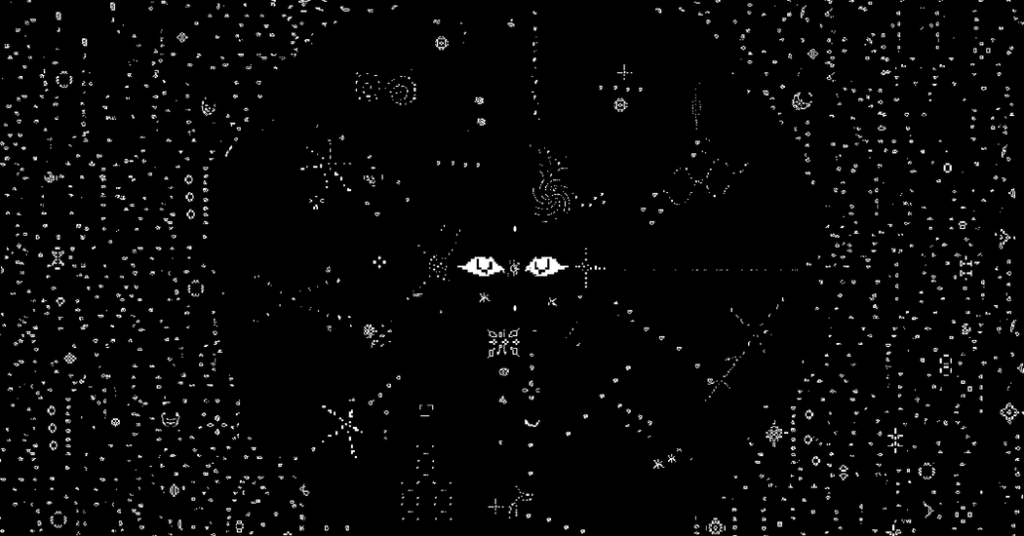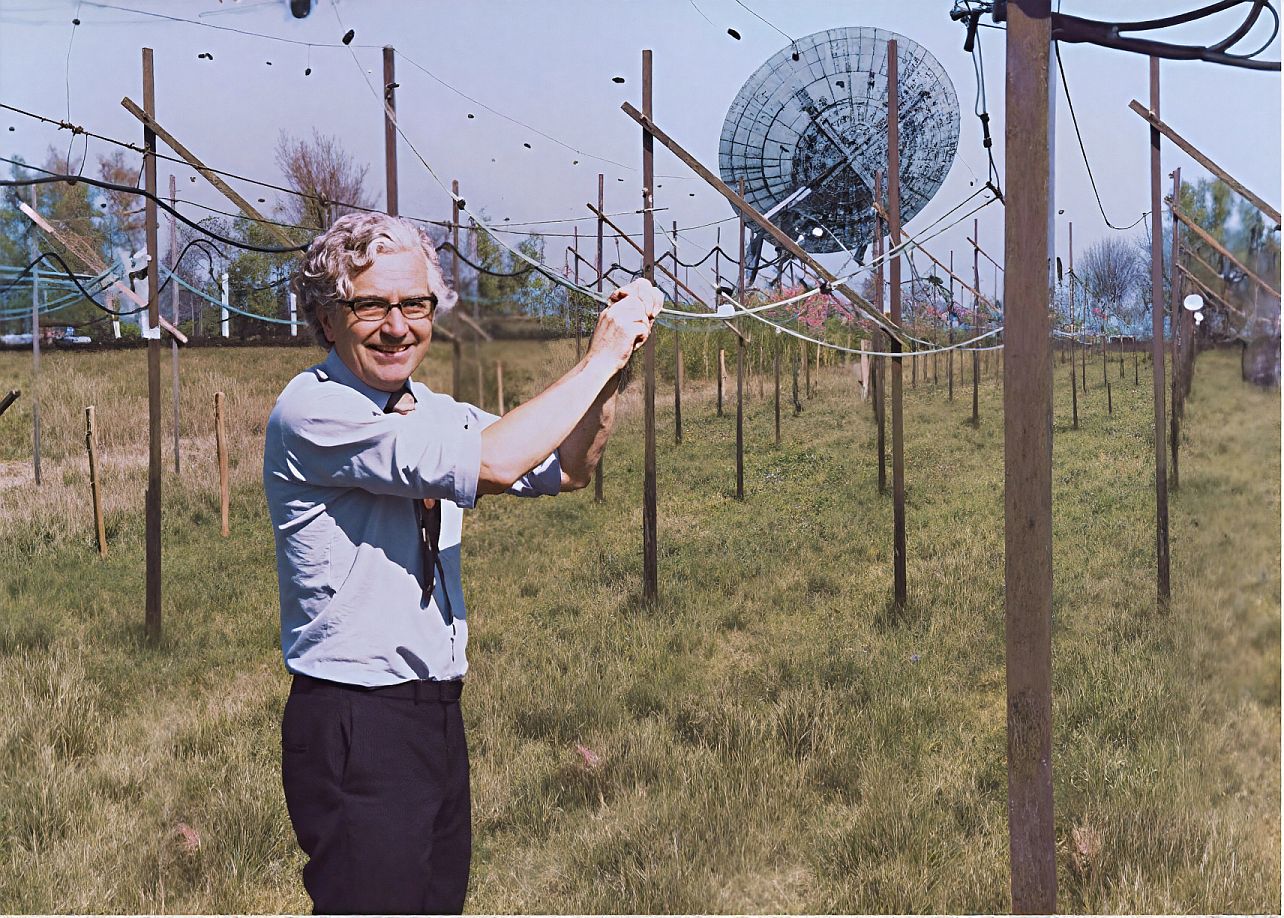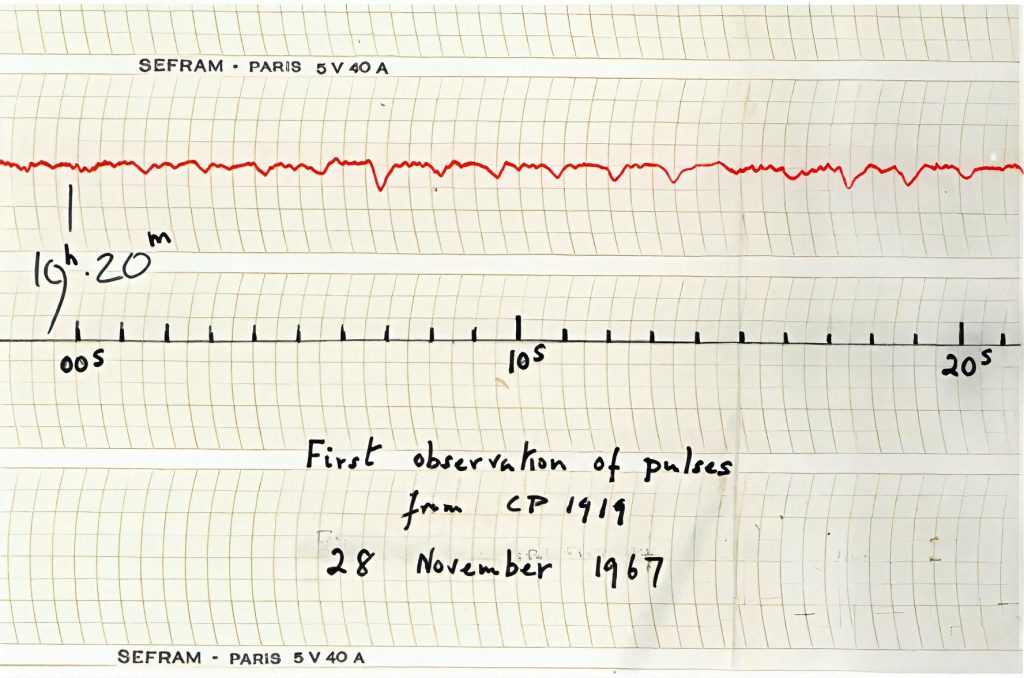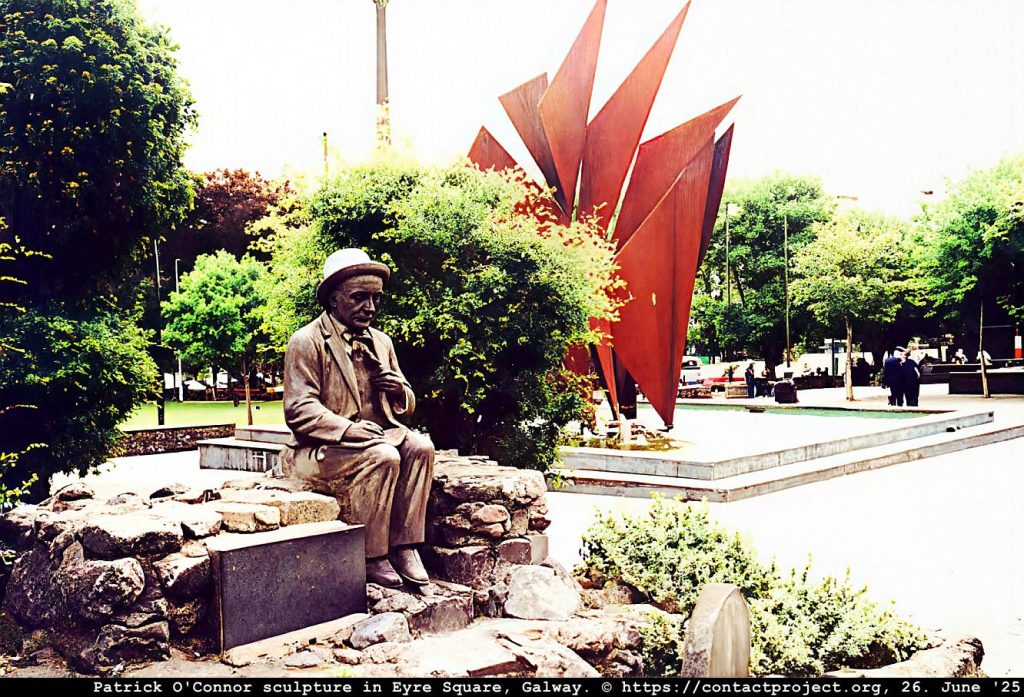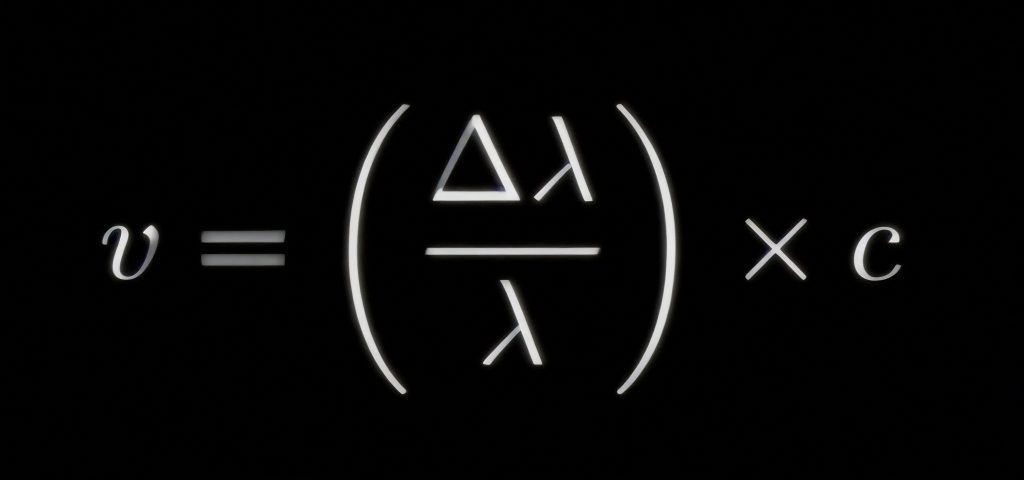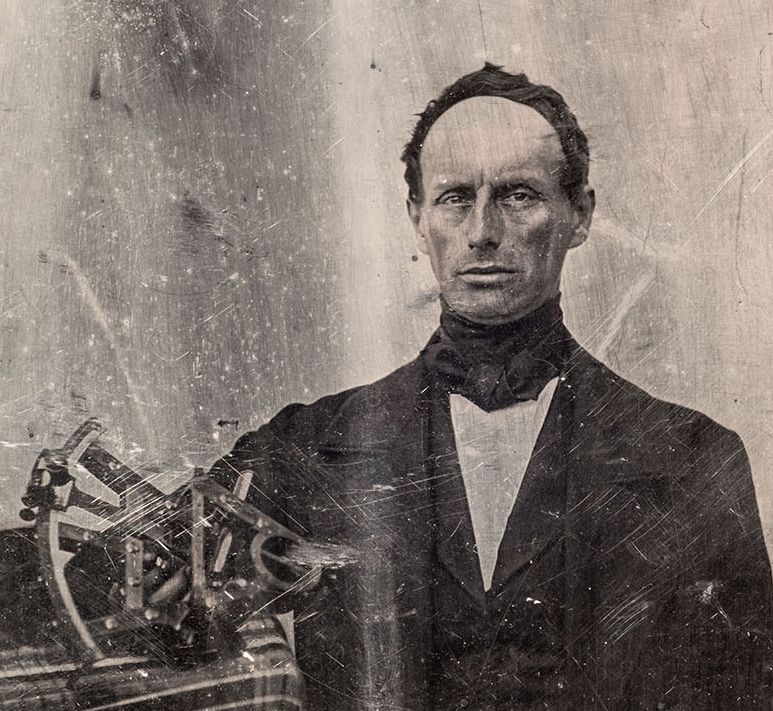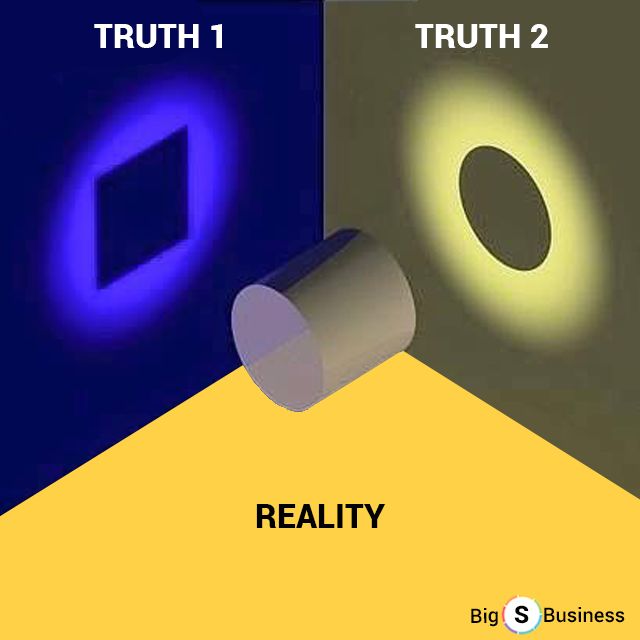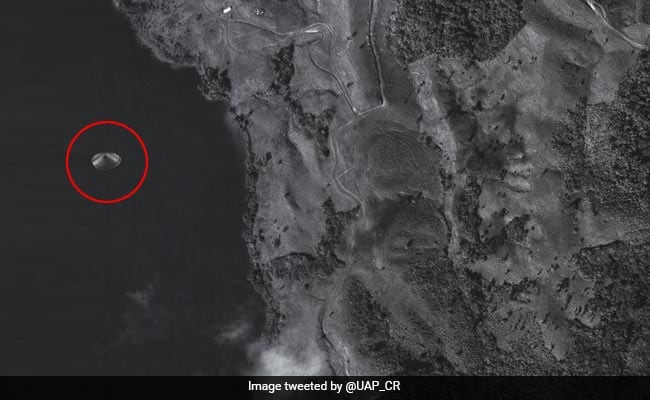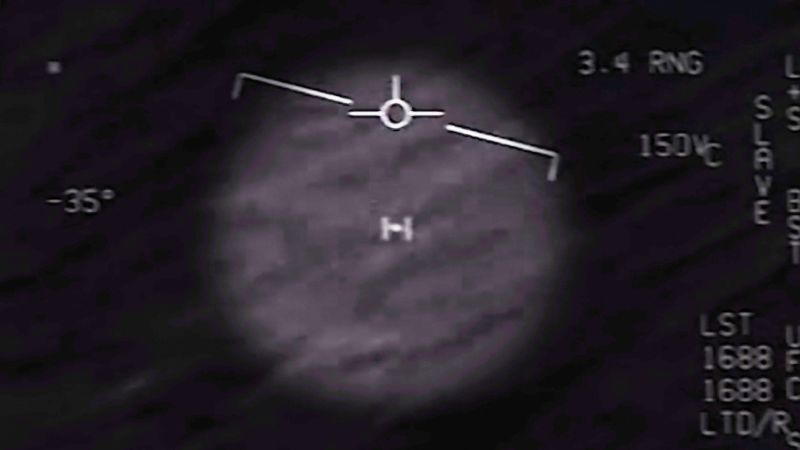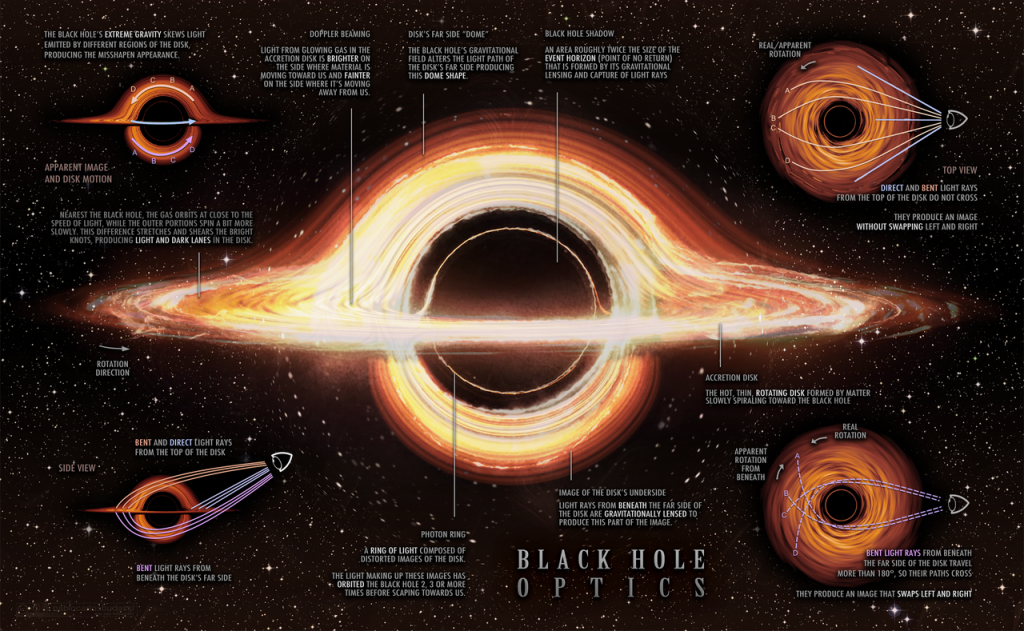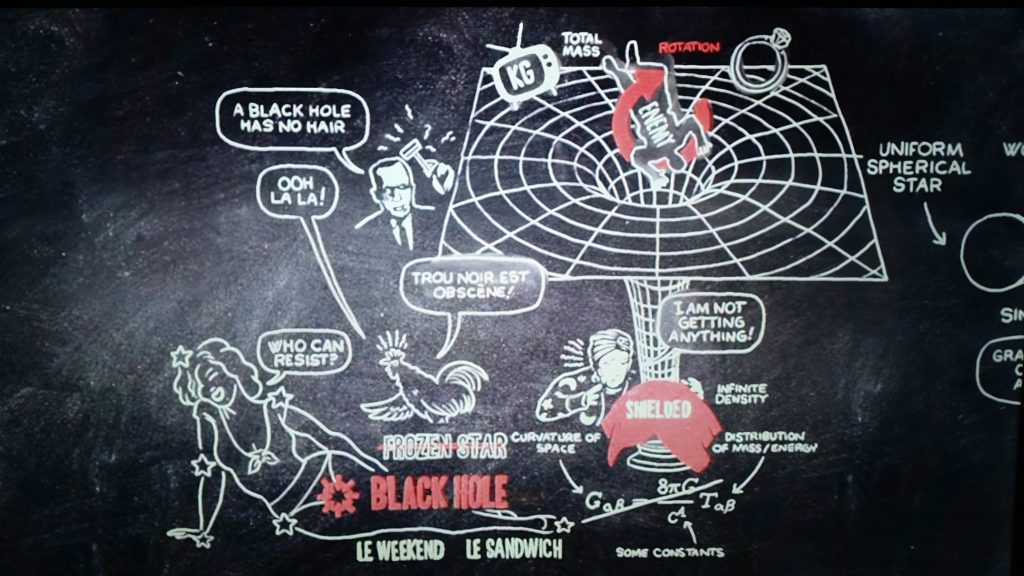The Discovery That (almost) Fooled Astronomers
In April 2019, astronomers with the Breakthrough Listen project detected something extraordinary: a narrow radio signal at 982 MHz, seemingly emanating from Proxima Centauri, our solar system’s closest stellar neighbor. Dubbed BLC1 (Breakthrough Listen Candidate 1), the signal had all the hallmarks of a technosignature—a potential transmission from an extraterrestrial civilization.
For a brief moment, the world dared to wonder: Had we finally found evidence of alien technology?
But as scientists dug deeper, the truth proved far more mundane—and far more fascinating.
The Case for BLC1 as an Alien Signal
At first glance, BLC1 was the most compelling candidate in the history of the Search for Extraterrestrial Intelligence (SETI):
Precise frequency: The signal was laser-sharp, just a few Hertz wide—something natural astrophysical phenomena can’t produce.
Non-zero drift: Its frequency drifted at 0.03 Hz/s, consistent with a transmitter on a planet like Proxima b.
Localized: It appeared only when the telescope pointed at Proxima Centauri, vanishing during off-source scans.
“The signal appears to only show up in our data when we’re looking in the direction of Proxima Centauri, which is exciting,” Ms. Sheikh said.
The Plot Twist: A Cosmic False Alarm
The Breakthrough Listen team subjected BLC1 to relentless scrutiny—and cracks began to appear.
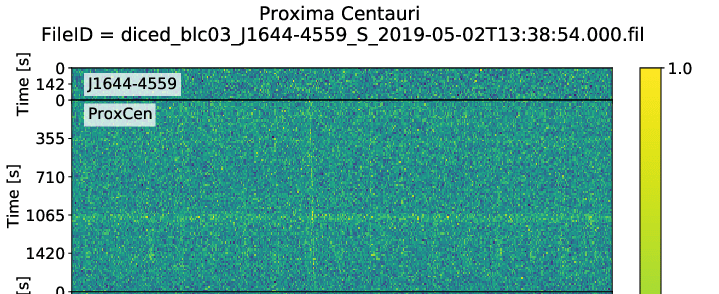
1. The Drift That Didn’t Fit
If BLC1 came from Proxima b, its frequency drift should have shown:
Cyclical variation (rising and falling as the planet rotated).
Orbital signatures (subtle shifts tied to its 11.2-day year).
Instead, the drift was strangely linear—more like a glitching human device than an alien beacon.
2. The RFI Doppelgängers
Then, researchers found dozens of similar signals at frequencies like 712 MHz and 1062 MHz—all mathematically linked to common radio interference (RFI). These “lookalikes” had the same drift behavior but were unmistakably human-made, appearing even when the telescope wasn’t pointed at Proxima.
BLC1 wasn’t a lone anomaly—it was part of a pattern.
3. The Cadence Coincidence
The final clue? BLC1’s timing matched the telescope’s observing schedule.
On-source (30 min): Signal detectable.
Off-source (5 min): Signal too faint to see.
This created an illusion of localization—like a flickering streetlight that only seems to work when you walk by.
The Verdict: A Cosmic Mirage
After a year of analysis, the team concluded: BLC1 was interference, likely from:
Intermodulation: A “ghost” signal created when two radio waves mixed in faulty electronics.
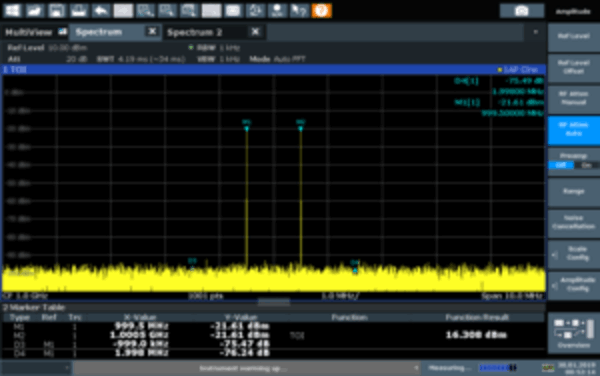
A malfunctioning device (possibly hundreds of miles from the observatory).
Lessons for the Hunt for Alien Life
BLC1’s rise and fall taught scientists three critical lessons:
Single telescopes are vulnerable to false alarms. Future searches need global networks to cross-check signals.
The search is worth it.
For now, Proxima Centauri’s secrets remain hidden. But the hunt continues.
BLC1 wasn’t aliens—but as SETI enters a new era (with projects like the Square Kilometer Array), we’re better prepared than ever to answer humanity’s oldest question: Are we alone?
Primary Research Papers
These two papers were published concurrently and should be read together for a complete understanding of the BLC1 signal, from its detection to its ultimate classification as interference.
- A radio technosignature search towards Proxima Centauri resulting in a signal of interest
- Authors: Shane Smith, Danny C. Price, Sofia Z. Sheikh, et al.
- Journal: Nature Astronomy
- Link to paper: https://www.nature.com/articles/s41550-021-01479-w
- arXiv (free preprint): https://arxiv.org/abs/2111.08007
- Abstract: This paper describes the overall search for technosignatures from Proxima Centauri and the initial detection of the BLC1 signal. It details the characteristics that made BLC1 an intriguing candidate.
- Analysis of the Breakthrough Listen signal of interest blc1 with a technosignature verification framework
- Authors: Sofia Z. Sheikh, Shane Smith, Danny C. Price, et al.
- Journal: Nature Astronomy
- Link to paper: https://www.nature.com/articles/s41550-021-01508-8
- arXiv (free preprint): https://arxiv.org/abs/2111.06350
- Abstract: This is the companion paper that provides a deep dive into the analysis of BLC1. It outlines the verification framework used and presents the evidence that led to the conclusion that BLC1 was a product of human-generated radio frequency interference.
Additional Resources from Breakthrough Listen
The Breakthrough Listen initiative has also made a wealth of information about BLC1 available to the public.
- BLC1 – Breakthrough Listen’s First “Signal of Interest”: This is the main resource page from the Berkeley SETI Research Center, providing summaries, links to the papers, data, and other supplementary materials.
- Breakthrough Initiatives Press Release: This press release gives a good overview of the findings in an accessible format.
